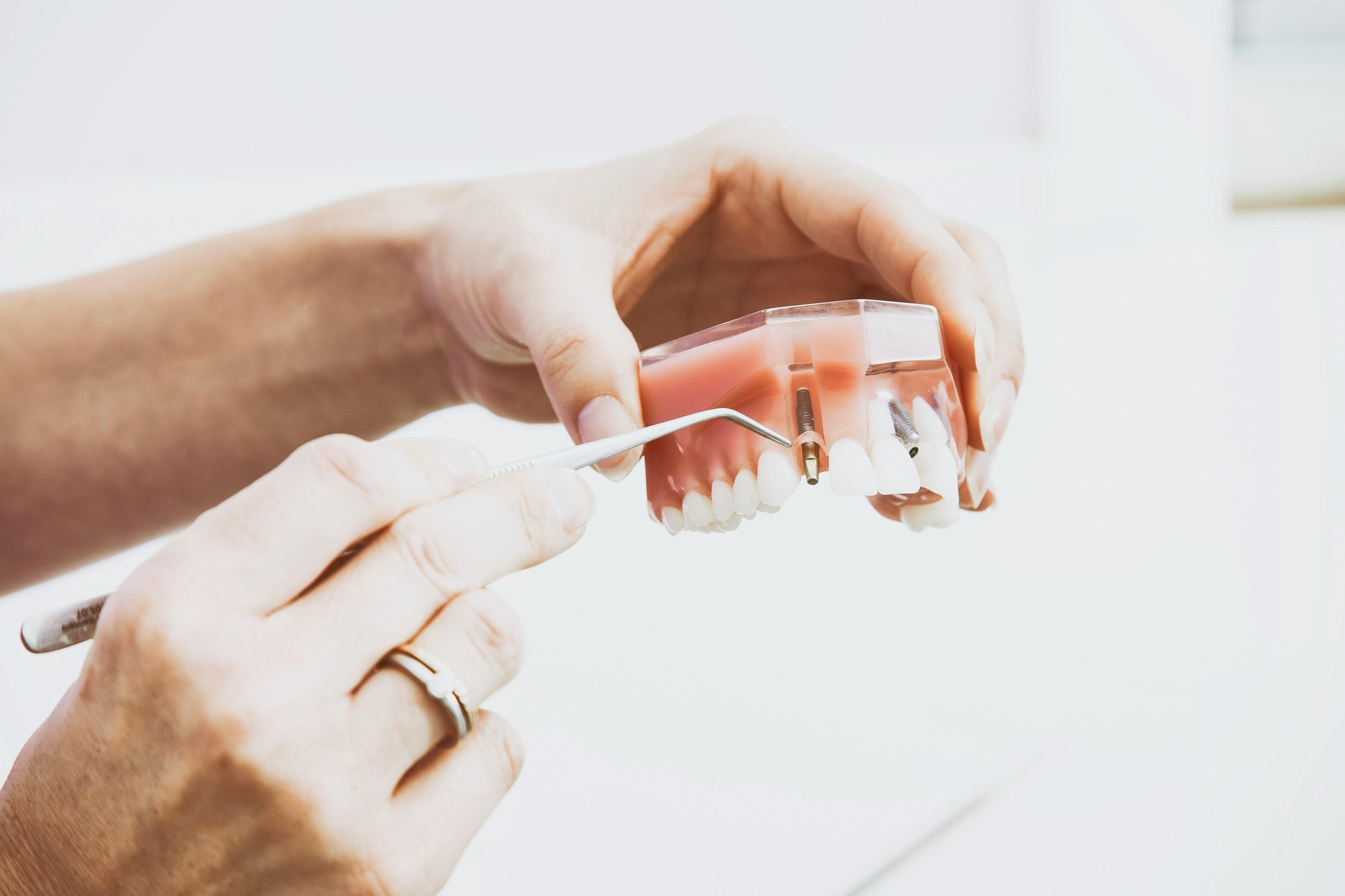Tooth Extraction Guide: Cost, Healing, and Post-Extraction Care Tips

A tooth extraction is one of the most common dental procedures, performed to relieve pain, prevent infection, or prepare for other dental treatments. Whether you’re curious about how much a tooth extraction costs, wondering what a normal socket after tooth extraction should look like, or asking why no dairy after tooth extraction is recommended, this guide will walk you through everything you need to know to ensure a smooth recovery.
How Much Is a Tooth Extraction?
The cost of a tooth extraction in Australia can vary depending on several factors, including the complexity of the procedure, the type of tooth, and the clinic’s location. On average:
-
Simple tooth extraction: $150 – $300 per tooth
-
Surgical tooth extraction (e.g., impacted or broken tooth): $350 – $600
-
Wisdom tooth extraction: $300 – $600 (non-surgical) or up to $900 (surgical)
These prices can vary depending on whether local anaesthesia, sedation, or additional imaging (like X-rays) is required.
Many dental clinics in Australia, including bulk billing dentists or clinics offering payment plans, provide flexible options to make extractions more affordable. It’s always best to get a detailed quote from your dentist before the procedure to understand all potential costs involved.
What Does a Normal Socket After Tooth Extraction Look Like?
After a tooth has been removed, the empty space where it once sat is called a “socket.” Understanding what a normal socket after tooth extraction looks like helps ensure you’re healing properly and not developing complications such as a dry socket.
Normal healing socket signs include:
-
A dark red blood clot forms within the socket shortly after extraction.
-
Mild swelling and tenderness are common during the first 24–48 hours.
-
Over the next few days, the area may appear white or yellowish, which is a sign of normal tissue regeneration (not infection).
-
Gradual reduction in pain and swelling over the course of a week.
Warning signs of a dry socket or infection:
-
The blood clot is missing or dislodged.
-
You see exposed bone or feel sharp pain that radiates to your ear or jaw.
-
Persistent bad breath or foul taste in your mouth.
If you notice any of these symptoms, contact your dentist immediately. Early treatment can prevent further discomfort and speed up recovery.
Why No Dairy After Tooth Extraction?
Dentists often recommend avoiding dairy after tooth extraction for at least 24–48 hours. While it may seem harmless, there are specific reasons behind this guideline:
-
Bacterial growth: Dairy products like milk, cheese, and yogurt can promote bacterial growth in the mouth, which may interfere with clot formation and healing.
-
Risk of infection: Dairy can interact with certain antibiotics or pain medications, increasing the risk of irritation or infection.
-
Potential for nausea: Some people experience mild nausea when consuming dairy after anaesthesia or antibiotics.
-
Clot dislodgement: Cold dairy drinks (like milkshakes) consumed through a straw can create suction pressure, potentially dislodging the blood clot and causing a dry socket.
Instead, opt for soft, non-dairy foods such as mashed potatoes, soups, smoothies (without yogurt or milk), scrambled eggs, and pureed vegetables. After two days, you can usually reintroduce dairy products once the initial clot has stabilized.
Final Thoughts on Tooth Extraction Recovery
Knowing how much a tooth extraction costs, recognizing a normal socket after tooth extraction, and understanding why no dairy after tooth extraction is crucial for a safe and comfortable recovery. Always follow your dentist’s post-extraction care instructions carefully—avoid smoking, using straws, or consuming hot and spicy foods for a few days. Keep the area clean, use saltwater rinses as advised, and attend follow-up appointments if required.
With the right aftercare, most patients heal completely within one to two weeks and can return to normal eating and oral hygiene routines without complications.
- Art
- Causes
- Crafts
- Dance
- Drinks
- Film
- Fitness
- Food
- Oyunlar
- Gardening
- Health
- Home
- Literature
- Music
- Networking
- Other
- Party
- Religion
- Shopping
- Sports
- Theater
- Wellness


